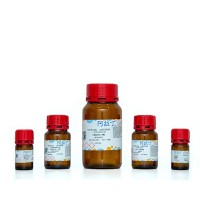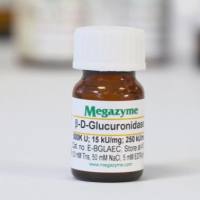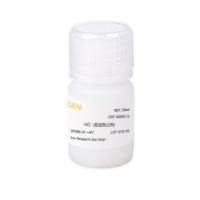Neoplastic Transformation Assays
互联网
931
Although a tumor cell can be distinguished from its normal counterpart by a wide range of phenotypic alterations, only a few of these properties provide useful indicators of malignant transformation. These include changes in cellular morphology, decreased dependence on serum growth factors, loss of density-dependent growth inhibition, reduction of gap-junctional intercellular communication (GJIC), the ability to proliferate in the absence of anchorage to a solid support and the ability to form tumors when injected into the appropriate animal host. These components of the SV40-transformed phenotype, shared with phenotypes of cells transformed by many other oncogenes, constitute the basis for the majority of currently used assays. In certain systems, such as polyoma virus-transformed rat F111 cells, a hierarchy of transformation properties was observed, with morphological changes, focus formation, loss of GJIC, anchorage-independent growth, and tumorigenicity requiring progressively higher levels of oncogene expression (1 ,2 ), although this is not the case in all systems (3 ,4 ).








